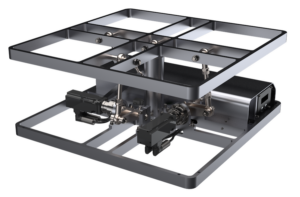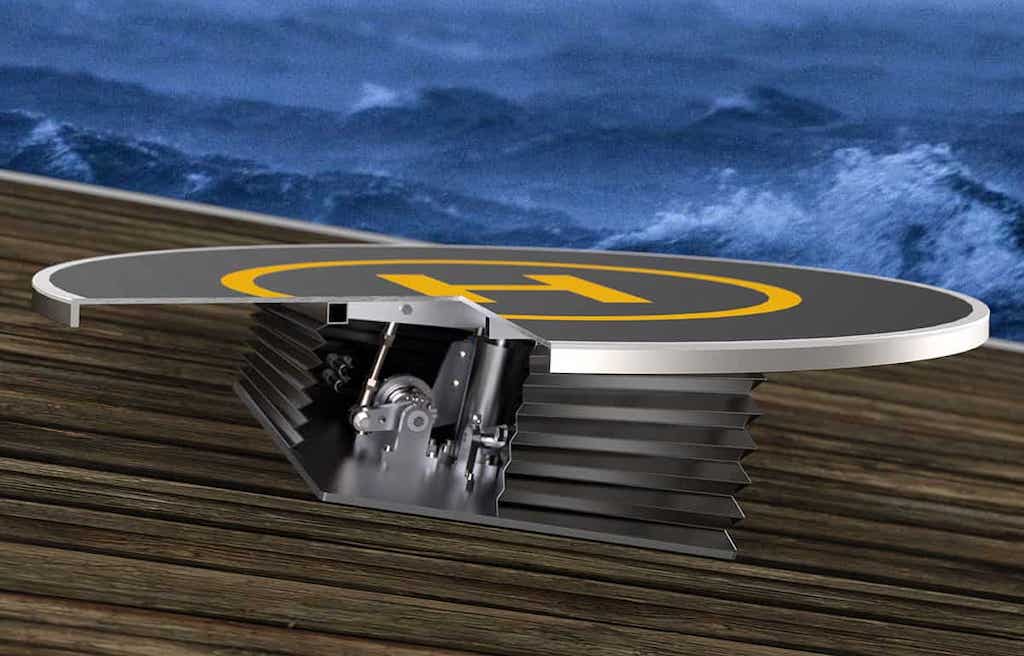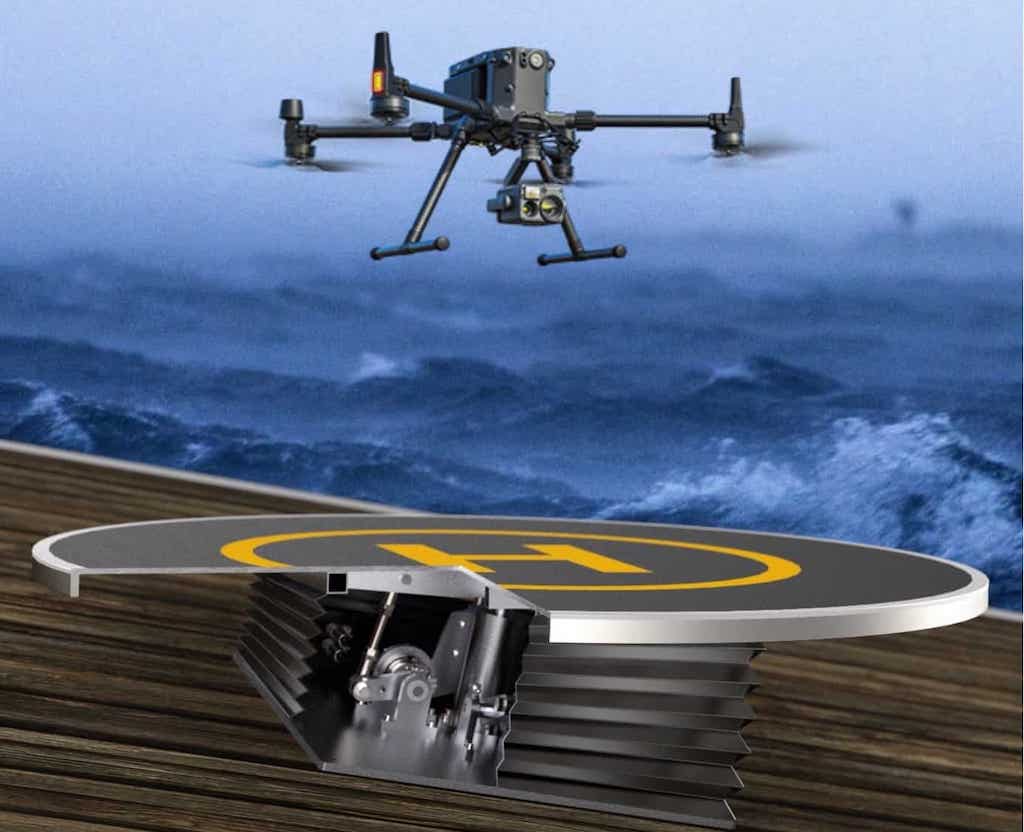Stabilized Platforms for Marine Applications
Stabilized platforms are essential for maintaining steady operations in marine environments where stability is crucial. Leveraging advanced gyro stabilization technology, these platforms enhance performance by minimizing the effects of ocean swells and turbulence. Gyro stabilized systems provide precision for various applications, from drone landings to marine research, ensuring smooth functionality and reliable results even in challenging conditions. Whether for scientific instruments or navigational equipment, stabilized platform technology is integral to achieving consistent and accurate outcomes on the water.Stabilized platforms for marine applications are engineered systems designed to counteract the effects of motion and vibration, ensuring that equipment mounted on them remains steady and functional.
This is particularly important in marine environments where waves, wind, and other factors can cause significant disturbances. By integrating gyro stabilization, these platforms offer enhanced performance and reliability, and are essential for applications ranging from scientific research to drone operations and autonomous marine vehicles.
The Role of Gyro Stabilization
Gyro stabilization is a key technology in stabilized platforms. It involves the use of gyroscopic platforms to measure and adjust for changes in orientation.

Stabilized Platform for Marine Applications by Stable AS
Gyro-stabilized systems can detect even the smallest shifts in angle, enabling the platform to correct its position automatically. This results in a more stable base for sensitive instruments, cameras, or other equipment, improving data accuracy and operational efficiency.
Applications of Stabilized Platforms
Marine Research and Data Collection
In oceanographic research, stabilized platforms are critical for supporting various instruments, including sensors and cameras, that require precise positioning. These platforms mitigate the effects of waves and ship movements, ensuring accurate and consistent data collection and analysis.
Drone Landing Systems
For drones operating in maritime environments, stabilized platforms provide a secure and adaptable landing base. Gyro-stabilized landing platforms adjust to the drone’s descent, compensating for vessel movements and ensuring a safe, accurate landing even under challenging conditions.
Helicopter Guidance Systems
Stabilized platforms enhance the effectiveness of helicopter approach systems used for shipboard landings. By improving the pilot’s ability to follow visual guidance, these platforms support safe helicopter operations in adverse weather conditions.
Surveillance and Monitoring
Stabilized platforms are essential for marine surveillance systems, ensuring that imaging and monitoring equipment remain steady. This stability is crucial for maintaining clear and reliable observations, whether for security, environmental monitoring, or navigation, despite the challenges of sea conditions.
Laboratory Instruments Onboard Ships
Accurate and delicate measurements in maritime laboratories can be significantly impacted by ship movements. Stabilized work tables provide a steady base for laboratory instruments, including tables and desktop platforms, ensuring that crucial measurements and experiments are not distorted by the motion of the ship.
This stability is essential for maintaining the integrity of scientific work and achieving reliable results in marine research.
Stable Antennas, Radars, and Lidars
Stabilized antenna platforms improve the accuracy and increase the operational range of antennas, radars, and lidars, especially during harsh weather conditions.
Stable Cameras
Stabilized camera platforms safeguard the operation of night vision or thermal cameras by combining the camera gyroscopic system with a stable platform. This setup enhances picture area and reduces the need for digital image stabilization.
Stable Seats & Floor Platforms
For offshore wind installation and maintenance, stabilized seats, stabilized floor platforms, and stabilized bed platforms increase technician comfort and help prevent seasickness, allowing for effective work even in challenging weather conditions.
Stable Containers
Stabilized platforms enhance the efficiency of containerized control rooms by increasing personnel comfort and effectiveness during heavy weather.
Medical Transport
Stabilized operating theatre platforms are also used in maritime medical transport to minimize the impact of vessel movements on critically ill or injured patients. By reducing motion-induced risks, these systems improve safety and comfort during emergency transport at sea.
Advantages of Stabilized Platform Technology
Enhanced Stability
Gyro-stabilized platforms maintain a steady base, essential for maritime operations where waves and movements can disrupt equipment performance.
Improved Data Accuracy
Stable platforms ensure that scientific measurements and observations are not distorted by sea conditions, leading to more reliable data.
Increased Operational Efficiency
With reduced need for manual adjustments, stabilized platforms streamline operations, enhancing the effectiveness of maritime activities.
Versatile Applications
The adaptability of stabilized platforms makes them suitable for a wide range of maritime applications, from research and surveillance to medical transport.
Choosing the Right Stabilized Platform
When selecting a stabilized platform for maritime use, consider:
Platform Size and Capacity – Ensure it supports the weight and dimensions of your equipment.
Gyro Stabilization Quality – Evaluate the precision and responsiveness of the gyro stabilization system, particularly for maritime conditions.
Environmental Durability – Choose platforms designed to withstand harsh marine conditions, including saltwater exposure and extreme temperatures.
Integration Capabilities – Ensure compatibility with existing systems and ease of integration into your maritime setup.
Related Articles

Innovative Stabilized Platform Technology for Marine & Maritime Vessels













